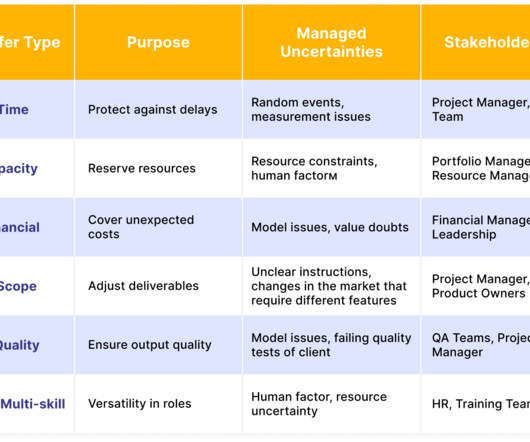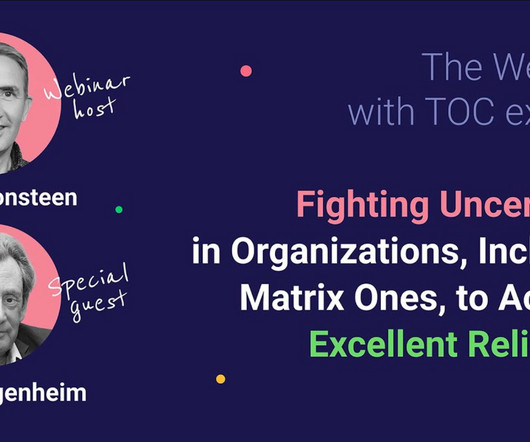Top 10 Project Management Methodologies – An Overview
ProjectManager.com
NOVEMBER 22, 2021
It was first published in 1996 and is about to publish its sixth edition in the fall of 2017. The larger the project, the more difficult it can be to take all the data you need to diagram and make sense of it without project management software. Critical Chain Project Management (CCPM). Waterfall is structured.














Let's personalize your content